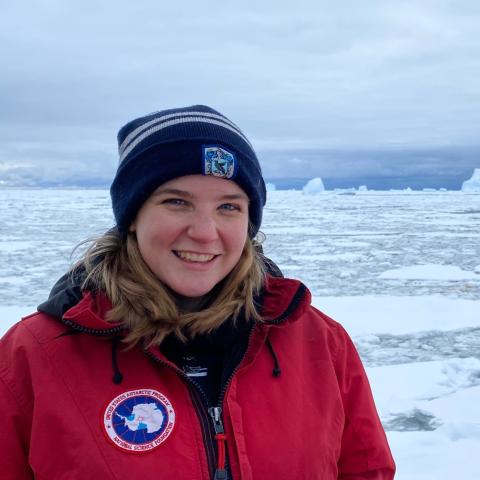event
EAS Specially Invited Speaker - Dr. Lily Dove
Primary tabs
The ocean exerts a strong control on global climate through ventilation, or the exchange of water between the surface and interior ocean. This vertical movement of water transports biogeochemical and physical properties, impacting biological productivity, air-sea gas fluxes, as well as heat and freshwater budgets. Coincident and co-located observations of physical and biogeochemical properties remain rare and processes at the oceanic mesoscale and submesoscale (1-100 km) are not explicitly resolved in global climate models, highlighting the necessity to investigate these complex interactions. Here, I use data collected by autonomous underwater vehicles and satellites to observe ventilation via mesoscale and submesoscale motions. Subsurface distributions of biological tracers like oxygen demonstrate that rapid exchange of surface and interior water preferentially occurs at the edges of mesoscale eddies. To quantify the impact of these small-scale vertical motions on ocean ventilation, particularly in a warming ocean, we employ idealized numerical models. We find that motions at the submesoscale play a leading order role in oceanic ventilation and that ventilation’s response to warming is non-linear. Despite an a priori expectation that surface warming may reduce ventilation, we find that uptake via submesoscale processes may saturate and there may not necessarily be a reduction in ventilation via small-scale motions. Diagnosing and quantifying ventilation patterns and pathways is necessary to predict long-term trends in carbon and heat uptake, particularly at polar latitudes.
*Refreshments: 10:30 AM - 11:00 AM (Atrium)
Status
- Workflow status: Published
- Created by: tbuchanan9
- Created: 02/19/2025
- Modified By: tbuchanan9
- Modified: 02/19/2025
Categories
Keywords

